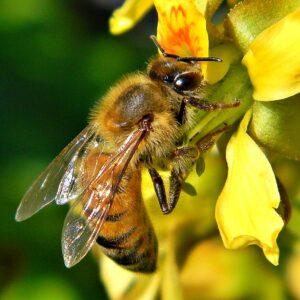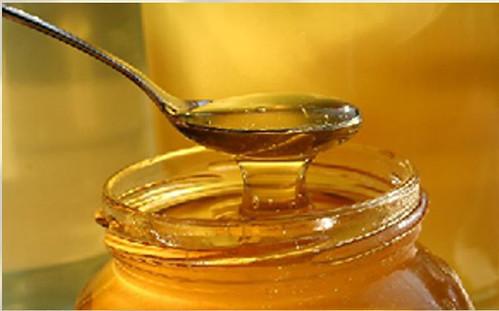If you have a homestead, it can be rewarding to raise bees and a valuable addition to your property. Bees not only produce honey, but they also help pollinate plants, which can increase the yield of your garden or orchard. However, before starting a beekeeping venture, it’s important to understand the basics of raising bees and the equipment needed to maintain healthy hives.
Tips to Raise Bees
Determine Your Beekeeping Goals

Before getting started with beekeeping, it’s important to determine what you hope to achieve with your bees. Do you want to harvest honey, increase pollination of your crops, or both? The answer to this question will help determine the number of hives you need and the type of bees that will be best for your homestead.
Choose Your Bee Type
There are several types of bees to choose from, but the most common type is the honeybee. Honeybees are docile and easy to manage, making them a great choice for beginners. However, other types of bees, such as bumblebees and mason bees, can also be useful for pollination.
Purchase Your Equipment
The most important piece of equipment you’ll need for beekeeping is the hive. There are several types of hives to choose from, including Langstroth hives, top-bar hives, and Warre hives. Each type of hive has its own benefits and drawbacks, so it’s important to research each type to determine which one will work best for your needs. Additionally, you’ll need a smoker to calm the bees, protective clothing, and tools such as a hive tool and bee brush.
Set Up Your Hive
Once you have your equipment, it’s time to set up your hive. Find a location on your property that is sheltered from the wind and receives morning sunlight. Level the ground and place a hive stand or cinder blocks to lift the hive off the ground. Position the hive facing south or southeast to maximize sun exposure.
Install Your Bees
After your hive is set up, it’s time to install your bees. There are several ways to purchase bees, including ordering a package of bees or purchasing a nucleus colony. Whichever method you choose, be sure to install the bees in the hive in the late afternoon or early evening when the bees are less active. Use your smoker to calm the bees and wear protective clothing to avoid getting stung.
Maintain Your Hive
After installing your bees, it’s important to maintain the hive to ensure the health and productivity of your bees. Regular maintenance includes checking the hive for pests and diseases, adding and removing frames as necessary, and feeding your bees when nectar is scarce. It’s also important to harvest honey regularly to prevent the hive from becoming too full and to ensure the honey is of the highest quality.
Join a Beekeeping Association
Joining a beekeeping association is a great way to connect with other beekeepers in your area and learn more about beekeeping best practices. Associations often offer classes, workshops, and mentoring programs to help beginners get started with beekeeping.
Raising bees on your homestead can be a fun and rewarding experience, but it requires patience, dedication, and hard work. By following these steps and continuing to learn about beekeeping best practices, you can successfully maintain healthy hives and enjoy the benefits of fresh honey and increased pollination on your property.
Keywords: Homestead, Beekeeping, Honeybees, Pollination, Hives, Langstroth, Top-bar, Warre, Smoker, Protective clothing, Hive tool, Bee brush, Pest control, Harvest, Beekeeping association, raise bees, steps to raise bees, how to raise bees, tips to raise bees
Check out FoodieScapes for articles on growing and preparing food.
Check out StoryScapes for articles on creative writing.
Subscribe to our newsletter to get information delivered to your inbox on homesteading, growing food, food preparation, travel, fishing, and more.











